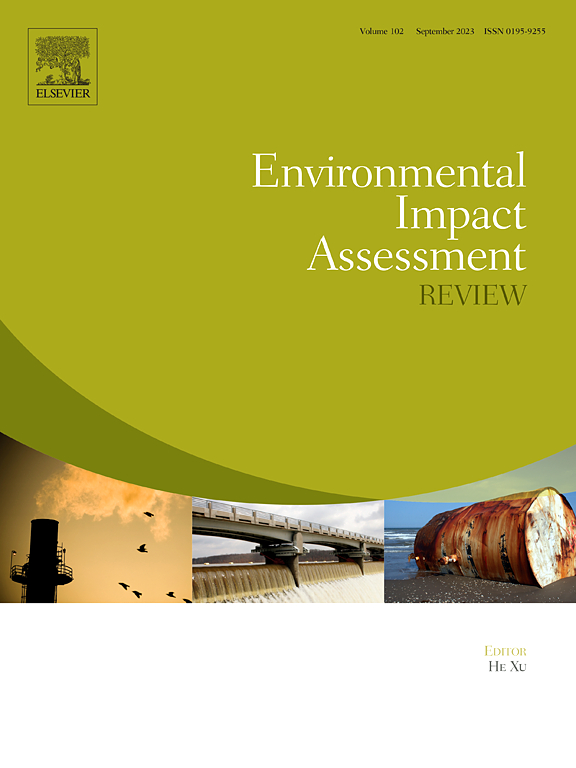Beyond mining: A pioneer attempt to assessing lead exposure risks in Nigeria
IF 9.8
1区 社会学
Q1 ENVIRONMENTAL STUDIES
引用次数: 0
Abstract
Lead exposure persists as a critical public health challenge in Nigeria, with potential sources far more diverse and widespread than the well-documented artisanal mining activities. This study presents a pioneer and novel approach to assessing lead exposure risks across Nigeria's states through the development of a Lead Exposure Index. Utilizing road density, aerosol optical depth, poverty, and Google Trends data, we employed Principal Component Analysis to create a screening tool. The index reveals a complex landscape of lead exposure risks, with urban centers like Lagos and the Federal Capital Territory emerging as high-risk areas alongside northern states. This pattern underscores the role of urbanization, historical development, and environmental factors in shaping exposure risks. Temporal analysis of Google Trends data highlights a spike in public interest following the 2010 Zamfara crisis, followed by a rapid decline, emphasizing the need for sustained awareness campaigns. While the unavailability of direct lead exposure data, such as elevated blood lead levels, limits validation, our index provides a valuable foundation for identifying potential hotspots and guiding intervention efforts. The study recommends implementing nationwide blood lead level testing, developing targeted interventions for high-risk areas, enhancing regulations on lead-based products, and conducting community-level studies. This methodology offers a pioneer screening assessment for lead exposure risk in developing countries facing similar data constraints, contributing to the broader effort of protecting vulnerable populations from lead poisoning.
求助全文
约1分钟内获得全文
求助全文
来源期刊

Environmental Impact Assessment Review
ENVIRONMENTAL STUDIES-
CiteScore
12.60
自引率
10.10%
发文量
200
审稿时长
33 days
期刊介绍:
Environmental Impact Assessment Review is an interdisciplinary journal that serves a global audience of practitioners, policymakers, and academics involved in assessing the environmental impact of policies, projects, processes, and products. The journal focuses on innovative theory and practice in environmental impact assessment (EIA). Papers are expected to present innovative ideas, be topical, and coherent. The journal emphasizes concepts, methods, techniques, approaches, and systems related to EIA theory and practice.
 求助内容:
求助内容: 应助结果提醒方式:
应助结果提醒方式:


